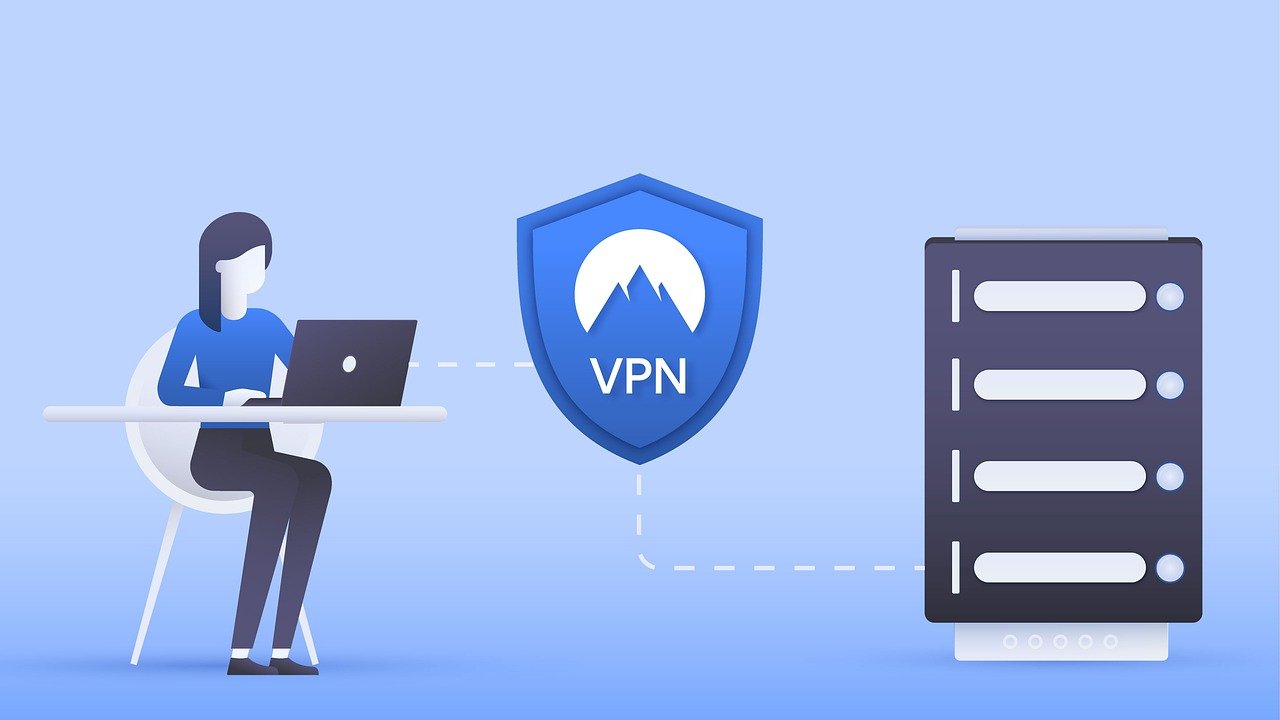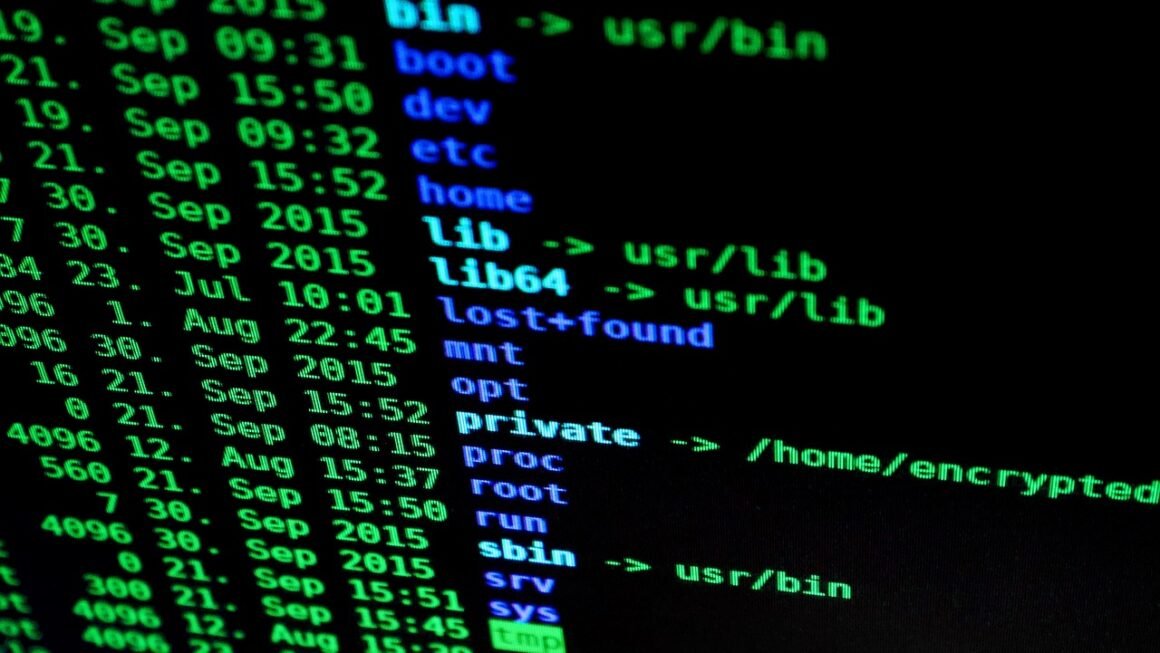In today’s interconnected world, cyber threats are more prevalent and sophisticated than ever before. From ransomware attacks crippling businesses to data breaches exposing sensitive personal information, the stakes are incredibly high. Effective cyber defense is no longer an option but a necessity for organizations of all sizes. This blog post will delve into the key components of a robust cyber defense strategy, providing you with the knowledge and practical steps to protect your digital assets and maintain a secure environment.
Understanding the Cyber Threat Landscape
The Ever-Evolving Threat
The cyber threat landscape is constantly changing, requiring constant vigilance and adaptation. New vulnerabilities are discovered daily, and attackers are continuously developing more sophisticated techniques to exploit them. Understanding the types of threats you face is the first step in building an effective defense.
- Malware: Viruses, worms, Trojans, and ransomware that can damage systems, steal data, and disrupt operations. For example, the WannaCry ransomware attack in 2017 infected hundreds of thousands of computers worldwide, causing billions of dollars in damages.
- Phishing: Deceptive emails or messages designed to trick users into revealing sensitive information such as passwords or credit card numbers. A common example is an email that appears to be from a legitimate bank asking users to verify their account details.
- Denial-of-Service (DoS) and Distributed Denial-of-Service (DDoS) Attacks: Overwhelming a system or network with traffic to make it unavailable to legitimate users. These attacks can disrupt online services and cause significant financial losses.
- Insider Threats: Malicious or negligent actions by employees, contractors, or other individuals with access to an organization’s systems. This can range from accidental data leaks to intentional sabotage.
- Advanced Persistent Threats (APTs): Sophisticated, long-term attacks carried out by highly skilled attackers, often nation-states or organized crime groups. These attacks are designed to steal sensitive information or disrupt critical infrastructure.
Assessing Your Risk
Before implementing any security measures, it’s crucial to assess your organization’s risk profile. This involves identifying your most valuable assets, understanding the potential threats they face, and evaluating your existing security controls.
- Asset Identification: Identify all critical assets, including data, systems, applications, and infrastructure.
- Threat Modeling: Determine the potential threats to each asset, considering factors such as attacker motivation, capabilities, and attack vectors.
- Vulnerability Assessment: Identify weaknesses in your systems and applications that could be exploited by attackers. Regular penetration testing is an effective way to identify these vulnerabilities.
- Impact Analysis: Determine the potential impact of a successful attack on your organization, including financial losses, reputational damage, and legal liabilities.
Building a Multi-Layered Defense
A robust cyber defense strategy relies on a multi-layered approach, also known as defense in depth. This means implementing multiple security controls at different levels of your infrastructure to protect against a wide range of threats. If one layer fails, others are in place to provide additional protection.
Network Security
Securing your network is a fundamental aspect of cyber defense. This involves implementing firewalls, intrusion detection systems (IDS), and other security technologies to control network traffic and prevent unauthorized access.
- Firewalls: Act as a barrier between your internal network and the outside world, blocking malicious traffic and preventing unauthorized access.
- Intrusion Detection and Prevention Systems (IDS/IPS): Monitor network traffic for suspicious activity and automatically block or mitigate threats.
- Virtual Private Networks (VPNs): Provide secure, encrypted connections for remote access to your network, protecting sensitive data from eavesdropping.
- Network Segmentation: Divide your network into smaller, isolated segments to limit the impact of a successful attack. For example, you could separate your guest Wi-Fi network from your internal corporate network.
Endpoint Security
Endpoints, such as computers, laptops, and mobile devices, are often the first targets of attackers. Endpoint security solutions protect these devices from malware, phishing attacks, and other threats.
- Antivirus and Anti-Malware Software: Detect and remove malicious software from endpoints.
- Endpoint Detection and Response (EDR): Continuously monitor endpoints for suspicious activity and provide advanced threat detection and response capabilities. EDR tools can help identify and contain threats that bypass traditional antivirus software.
- Host-Based Firewalls: Control network traffic on individual endpoints, providing an additional layer of protection.
- Data Loss Prevention (DLP): Prevent sensitive data from leaving the organization’s control, either intentionally or accidentally. DLP solutions can monitor email, file transfers, and other communication channels for sensitive data.
Data Security
Protecting your data is critical, regardless of where it resides. This involves implementing data encryption, access controls, and other security measures to prevent unauthorized access and data breaches.
- Data Encryption: Encrypt sensitive data at rest and in transit to protect it from unauthorized access. This includes encrypting hard drives, databases, and network traffic.
- Access Controls: Implement strong access controls to restrict access to sensitive data to authorized users only. This includes using strong passwords, multi-factor authentication, and role-based access control.
- Data Masking: Mask or redact sensitive data to protect it from unauthorized viewing. This is particularly useful for protecting personal information in test environments.
- Data Backup and Recovery: Regularly back up your data and test your recovery procedures to ensure that you can restore your data in the event of a disaster or data breach.
Proactive Security Measures
Cyber defense is not just about reacting to threats; it’s also about proactively identifying and mitigating risks. This involves implementing security awareness training, conducting regular vulnerability assessments, and monitoring your systems for suspicious activity.
Security Awareness Training
Human error is a leading cause of security breaches. Security awareness training educates employees about common threats, such as phishing emails and social engineering attacks, and teaches them how to recognize and avoid them.
- Regular Training Sessions: Conduct regular security awareness training sessions for all employees, covering topics such as phishing, password security, and data protection.
- Phishing Simulations: Conduct phishing simulations to test employees’ ability to identify and report phishing emails.
- Security Policies and Procedures: Develop clear security policies and procedures and ensure that all employees understand and follow them.
Vulnerability Management
Regularly scanning your systems and applications for vulnerabilities and patching them promptly is crucial for preventing attacks.
- Vulnerability Scanning: Use vulnerability scanning tools to identify weaknesses in your systems and applications.
- Patch Management: Implement a robust patch management process to ensure that all systems are patched with the latest security updates.
- Penetration Testing: Conduct penetration testing to simulate real-world attacks and identify vulnerabilities that may not be detected by automated scanning tools.
Security Monitoring and Incident Response
Continuously monitoring your systems for suspicious activity and having a well-defined incident response plan is essential for detecting and responding to attacks quickly and effectively.
- Security Information and Event Management (SIEM): Use SIEM tools to collect and analyze security logs from various sources, such as firewalls, intrusion detection systems, and endpoints. SIEM tools can help identify suspicious activity and trigger alerts.
- Incident Response Plan: Develop a detailed incident response plan that outlines the steps to be taken in the event of a security incident. The plan should include roles and responsibilities, communication protocols, and procedures for containing, eradicating, and recovering from the incident.
- Threat Intelligence: Stay informed about the latest threats and vulnerabilities by subscribing to threat intelligence feeds. This information can help you proactively identify and mitigate risks.
Compliance and Governance
Cyber defense is not just a technical issue; it’s also a business issue. Compliance with relevant regulations and standards, such as GDPR, HIPAA, and PCI DSS, is essential for protecting your data and maintaining your reputation.
Regulatory Compliance
Understand the regulatory requirements that apply to your organization and implement the necessary security controls to comply with them.
- GDPR (General Data Protection Regulation): Protects the personal data of EU citizens.
- HIPAA (Health Insurance Portability and Accountability Act): Protects the privacy and security of protected health information.
- PCI DSS (Payment Card Industry Data Security Standard): Protects credit card data.
Security Policies and Procedures
Develop clear and comprehensive security policies and procedures that outline your organization’s approach to cyber defense.
- Acceptable Use Policy: Defines the acceptable use of company resources, such as computers, networks, and email.
- Password Policy: Defines the requirements for creating and managing strong passwords.
- Data Protection Policy: Outlines the procedures for protecting sensitive data.
Regular Audits and Assessments
Conduct regular audits and assessments to ensure that your security controls are effective and that you are complying with relevant regulations.
- Internal Audits: Conduct regular internal audits to assess the effectiveness of your security controls.
- External Audits: Engage an independent third-party to conduct external audits to provide an objective assessment of your security posture.
Conclusion
Effective cyber defense requires a comprehensive and multi-layered approach that addresses all aspects of your organization’s security posture. By understanding the threat landscape, building a strong security foundation, implementing proactive security measures, and maintaining compliance, you can significantly reduce your risk of becoming a victim of a cyber attack. Remember that cyber defense is an ongoing process, not a one-time event. Continuously monitor your systems, stay informed about the latest threats, and adapt your security measures as needed to stay ahead of the evolving threat landscape.



